
By futureTEKnow | Editorial Team
Ring just rolled out a major upgrade for its doorbells and security cameras, and it’s all about making your notifications a lot smarter. If you’re tired of those vague “motion detected” alerts, you’re not alone. The new feature, called Video Descriptions, uses generative AI to give you detailed, real-time summaries of what’s actually happening outside your door—or anywhere you’ve got a Ring camera set up.
Traditionally, Ring would ping your phone with a basic alert whenever it detected motion. Now, with Video Descriptions enabled, you’ll get a short, specific text notification like, “A person is walking up the steps with a black dog,” or “Two people are peering into a white car in the driveway.” The AI focuses on the main subject that triggered the alert and describes exactly what they’re doing, so you can instantly decide if it’s something that needs your attention.
This isn’t just about convenience—it’s about clarity. Instead of guessing whether a notification is important, you’ll know at a glance. That’s a big deal for anyone who wants to keep an eye on their home without constantly checking video feeds.
Ring’s AI taps into visual language modeling, analyzing the first few seconds of a motion-triggered video. It’s trained to recognize shapes, colors, and actions, then generate a concise, human-like summary. The technology is similar to what powers Google’s Gemini AI, but Ring’s take is designed to be as user-friendly and passive as possible—no extra effort required from you.
For accessibility, the system can also generate audio descriptions, making it easier for visually impaired users to understand what’s happening on their property. All of this is powered by Amazon’s Nova multimodal AI models, Amazon Rekognition, and Amazon Polly, allowing for accurate and scalable descriptions.
This is more than just a new notification style—it’s part of a broader shift in how smart home security works. Ring’s founder, Jamie Siminoff, calls Video Descriptions a “cornerstone” for the company’s future AI plans. The goal is to move more of the security workload to AI, so your system gets smarter over time and only bothers you when it really matters.
Upcoming features include custom anomaly alerts that learn your household’s routines and only ping you when something unusual happens, as well as intelligent motion aggregation that combines multiple related events into a single alert.
As of now, Video Descriptions is rolling out in beta for Ring Home Premium subscribers in the U.S. and Canada (English only). It works with all current Ring cameras and doorbells, and you can turn it off in the app settings if you prefer the old style of alerts.
Ring’s new AI-powered Video Descriptions could be a game-changer for home security, making it easier to tell at a glance what’s happening around your property. If you’re already invested in the Ring ecosystem—or considering it—this update is worth paying attention to. It’s a sign of where smart home tech is headed: more context, less guesswork, and a lot more intelligence baked right in.

Traditional Medicare will pilot AI-assisted prior authorization in 2026 across six states, focusing on high-risk outpatient services. Clinicians retain final say, but incentives and access concerns loom as CMS tests fraud reduction and “gold card” exemptions. Here’s what providers and patients should know.
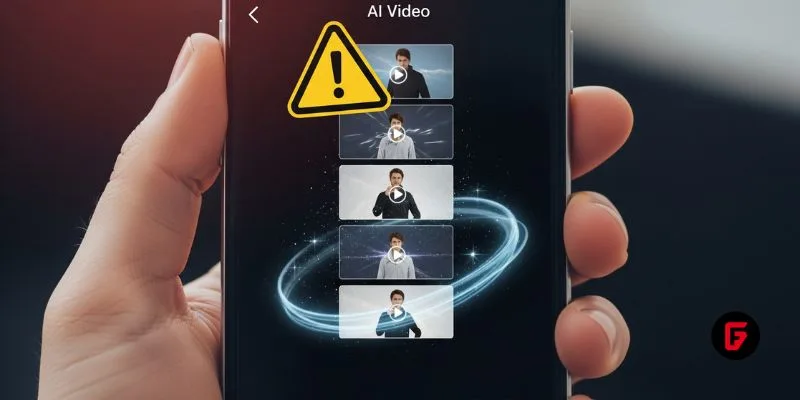
OpenArt’s new “one-click story” compresses scripting, visuals, and edits into ready-to-post short videos—fueling viral growth and a fresh IP debate. We break down how it works, adoption signals, what’s next (multi-character, mobile), and practical guardrails creators and brands should follow to stay original and compliant.

OpenAI’s o3 swept the Kaggle AI chess tournament, defeating xAI’s Grok 4–0. The victory fueled the intense rivalry between Altman and Musk, reshaping AI benchmarks.

Pinterest’s CEO confirms that fully agentic AI shopping is years away, as the platform invests in AI-powered tools to enhance discovery, inspiration, and personalized shopping experiences for millions.

Shopify’s new AI shopping tools are transforming e-commerce, letting agents and chatbots deliver smooth, personalized shopping and checkout experiences across platforms. Learn how these innovations reshape online retail.
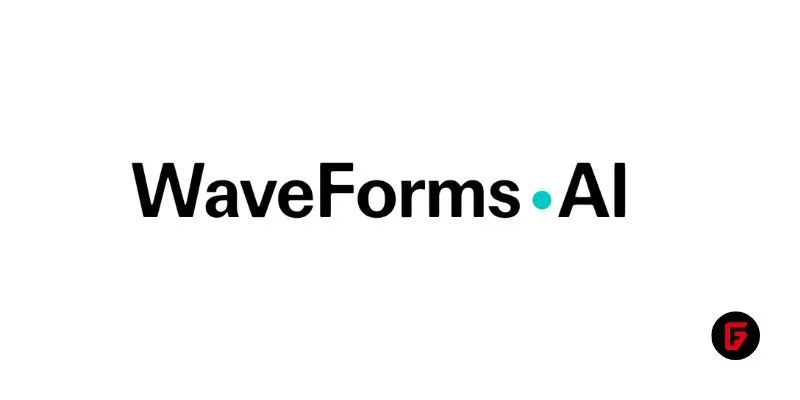
Meta has acquired WaveForms AI, a startup pioneering emotion-detecting voice technology. Learn what this means for Meta’s AI voice ambitions and the future of AI audio.

Tracelight is revolutionizing financial modelling for finance professionals with AI-powered Excel tools that automate complex tasks, reduce errors, and unlock new analysis capabilities. Learn how this next-gen solution changes the future of spreadsheets.

Microsoft rolls out GPT-5 across its Copilot suite, integrating smarter AI for enterprise and personal users. Discover new features, free access, and what sets this launch apart.
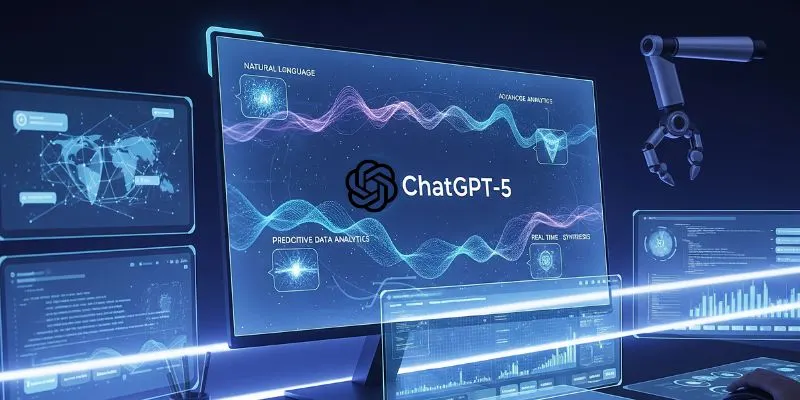
OpenAI’s GPT-5 is now live for all ChatGPT users. It brings faster, smarter AI with improved reasoning, expanded context, and safer outputs—marking a major leap in generative technology.

Chai Discovery’s $70M funding ushers in a new era for AI-powered antibody design, promising faster, more successful drug discoveries with its breakthrough Chai-2 model.
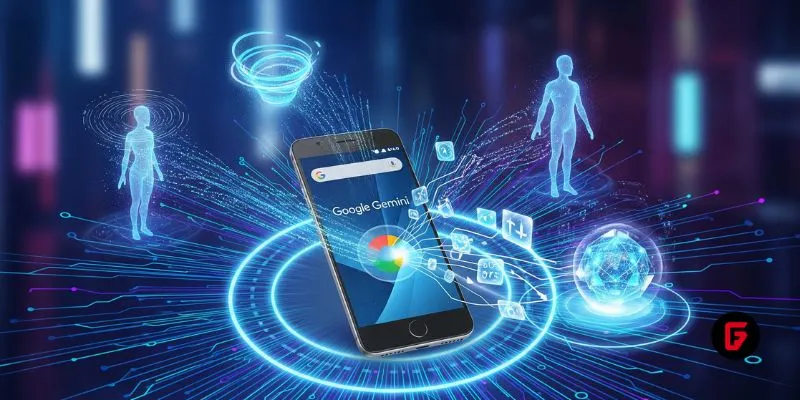
Discover how Google’s Gemini generative AI is revolutionizing Android—making your phone smarter, faster, and truly personal with next-gen features and privacy-first innovation.
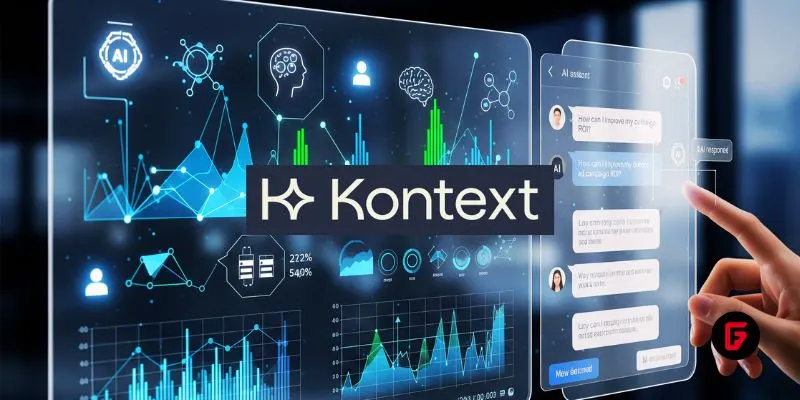
Kontext lands $10M seed round to fuel its generative AI advertising platform, enabling brands to deliver personalized, context-rich real-time ads in AI applications and chatbots.
To provide the best experiences, we use technologies like cookies to store and/or access device information. Consenting to these technologies will allow us to process data such as browsing behavior or unique IDs on this site. Thanks for visiting futureTEKnow.